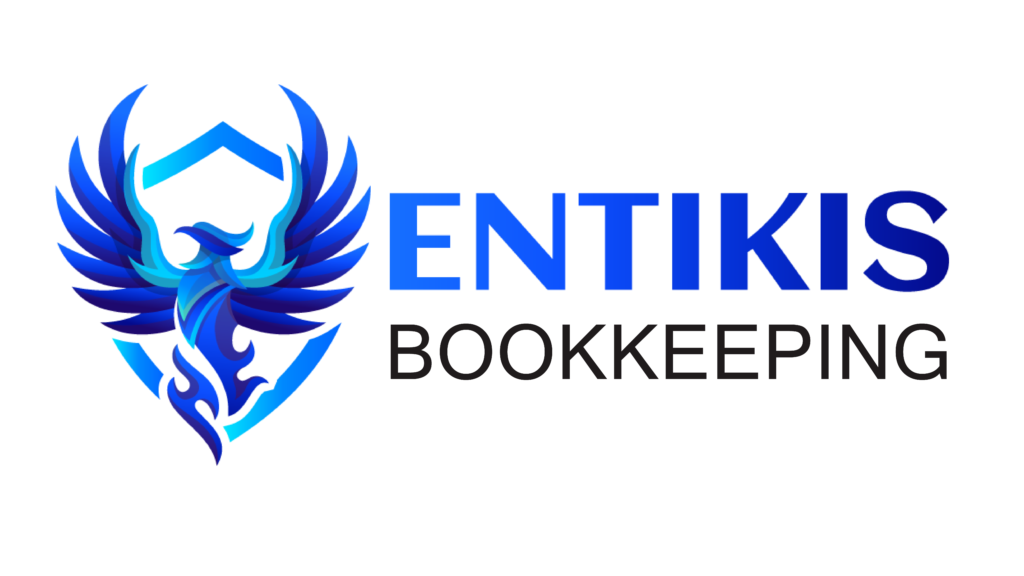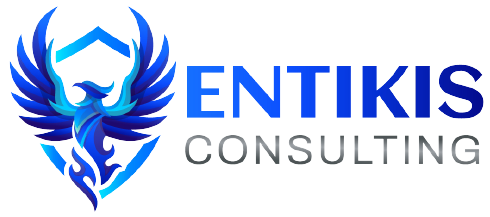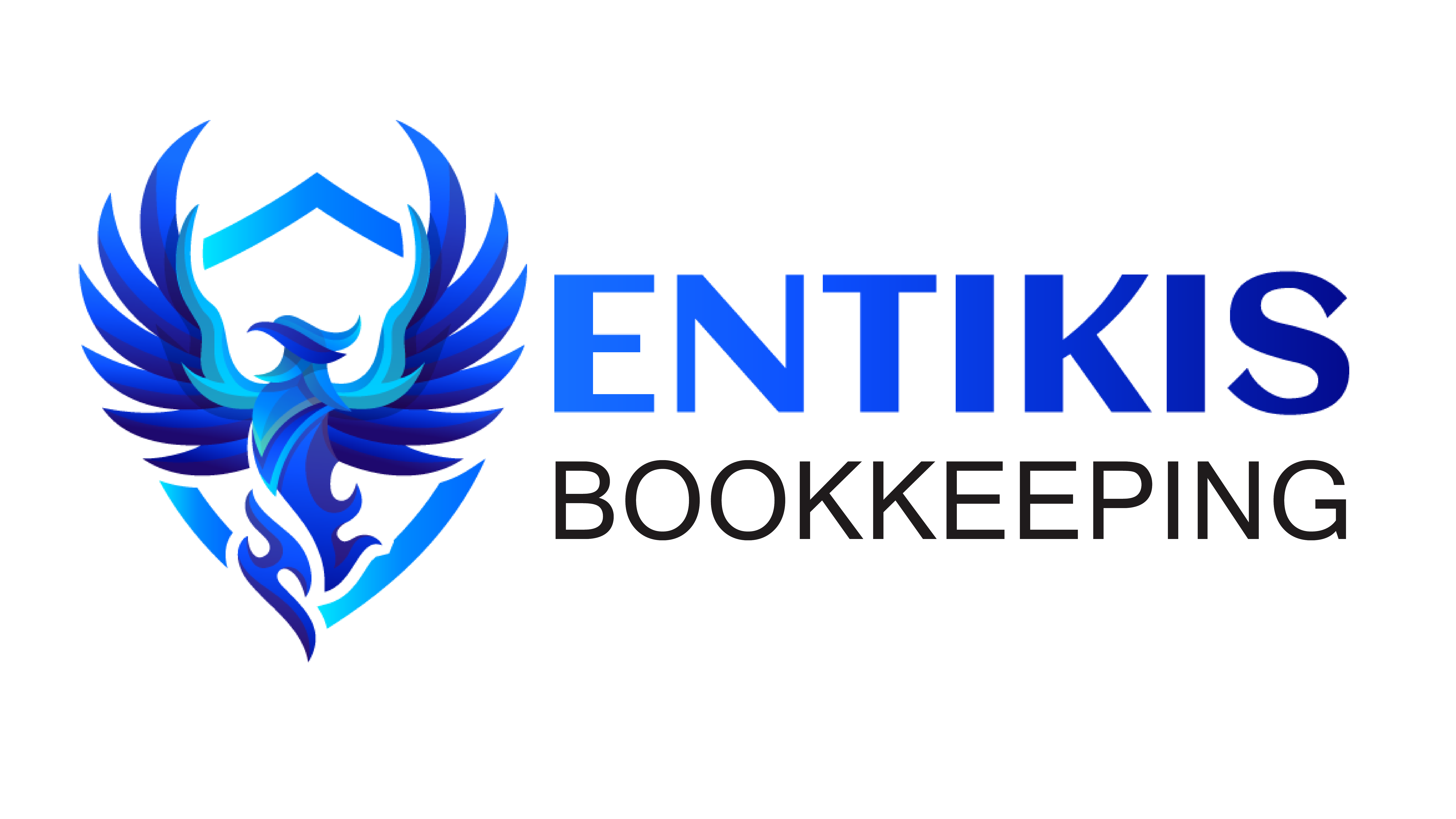In today’s fast-paced world, managing invoices and receipts efficiently is crucial for both personal finance and business operations. Whether you’re a freelancer, a small business owner, or an individual striving for financial organization, keeping track of your invoices and receipts can save you time, money, and headaches down the road.

Importance of Managing Invoices and Receipts
- Streamlining Financial Processes:
- Discuss how organized invoice and receipt management streamlines financial processes, making it easier to track expenses, manage budgets, and prepare for tax season.
- Building Trust and Professionalism:
- Highlight the importance of maintaining accurate records to build trust with clients, suppliers, and financial institutions. This professionalism can lead to better business relationships and opportunities.
- Legal Compliance:
- Explain the legal obligations associated with invoice and receipt management, such as tax reporting requirements and auditing procedures.
Challenges of Invoice and Receipt Management
- Paper-based Systems:
- Discuss the challenges of traditional paper-based systems, including the risk of loss, physical storage constraints, and time-consuming manual processes.
- Digital Overload:
- Address the overwhelm that can come with managing digital invoices and receipts, such as dealing with multiple formats, email clutter, and the need for secure storage solutions.
- Organization and Retrieval:
- Explore the difficulties in organizing and retrieving invoices and receipts when needed, especially as the volume of transactions increases.
Content Structure Preview
In this blog post, we’ll delve into effective strategies and tools for managing invoices and receipts, catering to both individuals and businesses. We’ll explore practical tips for transitioning from paper-based to digital systems, recommend software solutions for streamlined organization, and offer guidance on maintaining compliance with financial regulations. Whether you’re a freelancer looking to simplify your invoicing process or a business owner seeking to optimize your accounting practices, this guide will provide actionable insights to help you master invoice and receipt management.
Understanding Invoices and Receipts
In the realm of finance, invoices and receipts play pivotal roles, each serving distinct purposes in the transactional landscape.
Definition
An invoice is a document issued by a seller to a buyer, detailing the products or services provided, their quantities, prices, and terms of sale. It serves as a formal request for payment, essentially outlining the obligation owed by the buyer to the seller.
On the other hand, a receipt is a written acknowledgment that a specified article or sum of money has been received as an exchange for goods or services. It serves as evidence of the transaction, confirming that payment has been made.
Key Differences and Legal Implications
One of the primary distinctions between invoices and receipts lies in their timing within the transaction process. Invoices are issued before payment, while receipts are generated after payment.
From a legal standpoint, invoices establish the terms of the agreement between the buyer and the seller. They often include payment terms, such as due dates and accepted methods of payment, which serve as the basis for any potential disputes or legal actions.
Receipts, on the other hand, serve as proof of payment and are crucial for accounting and taxation purposes. They provide documentation for expenses incurred and income received, supporting financial records and ensuring compliance with regulatory requirements.
Role in Accounting and Tax Preparation
In accounting, invoices and receipts are essential for tracking financial transactions accurately. Invoices are recorded as accounts receivable until payment is received, while receipts are recorded as revenue or as evidence of expenses incurred.
During tax preparation, invoices and receipts serve as supporting documents for deductions, credits, and income reporting. They provide evidence of business expenses, sales revenue, and payments made or received, helping to ensure accurate tax filings and compliance with tax laws.
Understanding the roles and distinctions between invoices and receipts is fundamental for maintaining organized financial records, facilitating smooth transactions, and meeting legal and regulatory obligations.
Best Practices for Managing Invoices and Receipts
Efficient management of invoices and receipts is key to maintaining financial clarity and ensuring smooth business operations. Here are some best practices to help streamline the process:
Organizational Strategies
Implement a categorization system: Categorize invoices and receipts based on criteria such as date, vendor, project, or expense type. This facilitates easy retrieval and analysis when needed.
Utilize digital filing systems: Embrace digital tools and software solutions for storing and organizing invoices and receipts. Cloud-based platforms offer the advantage of accessibility from anywhere and enable seamless collaboration among team members.
Establish consistent naming conventions: Develop standardized naming conventions for digital files to maintain uniformity and simplify searches. Include relevant details such as date, vendor name, and invoice number for quick identification.
Regular Review and Reconciliation Processes
Set aside dedicated time for review: Schedule regular intervals to review and reconcile invoices and receipts. This ensures that any discrepancies or errors are promptly addressed and prevents accumulation of backlogged paperwork.
Verify against financial records: Compare invoices and receipts against financial statements and budget records to ensure accuracy and completeness. Reconcile any discrepancies and update records accordingly.
Automate reconciliation processes: Leverage automation tools to streamline the reconciliation process and minimize manual effort. Many accounting software solutions offer features for automatically matching invoices with corresponding payments, reducing the risk of errors and saving time.
Tips for Timely Follow-Ups on Outstanding Invoices
Establish clear payment terms: Clearly communicate payment terms and expectations to clients or customers upfront. Include due dates, accepted payment methods, and any penalties for late payments in your invoices to encourage prompt settlement.
Send reminders and follow-ups: Implement a system for sending polite reminders to clients regarding outstanding invoices as the due date approaches. Consider using automated email reminders to streamline this process and ensure consistency.
Provide incentives for early payment: Offer incentives such as discounts or rewards for clients who pay their invoices early. This encourages timely payment and helps improve cash flow for your business.
Maintaining organized invoices and receipts, coupled with regular review and reconciliation, is essential for effective financial management. By implementing these best practices and leveraging digital tools, you can streamline your invoicing process, improve accuracy, and enhance overall efficiency in managing your finances.
If You Are Looking For Professional Bookkeeping Services, Please Contact Entikis Bookkeeping At Admin@Entikis.Com. We Offer Professional Bookkeeping Services For Businesses In Fort Worth And The Surrounding Tarrant County Metroplex. Located At 640 Taylor St Suite , Fort Worth, TX, United States, Texas.


